We are trying to compile a very old application from 2002 on VB6 at the time (32bits application) in Visual Studio 2022. We need to debug this application and be able to run this app on a Windows 10 machine.
When compiling, we find the following errors, it seems to be a known error by what I found on the web, we tried some workarounds with no success:
Please make sure that the assembly that contains this type is referenced. If this type is a part of your development project, make sure that the project has been successfully built using settings for your current platform or Any CPU.
We tried the following workarounds so far:

It is a .net framework 4 application
From what we understood during our researches, the error seems to be related by incompatibility between x86/x64, but we have no clue on what try to do to fix this problem
Any help is appreciated, much thanks..
